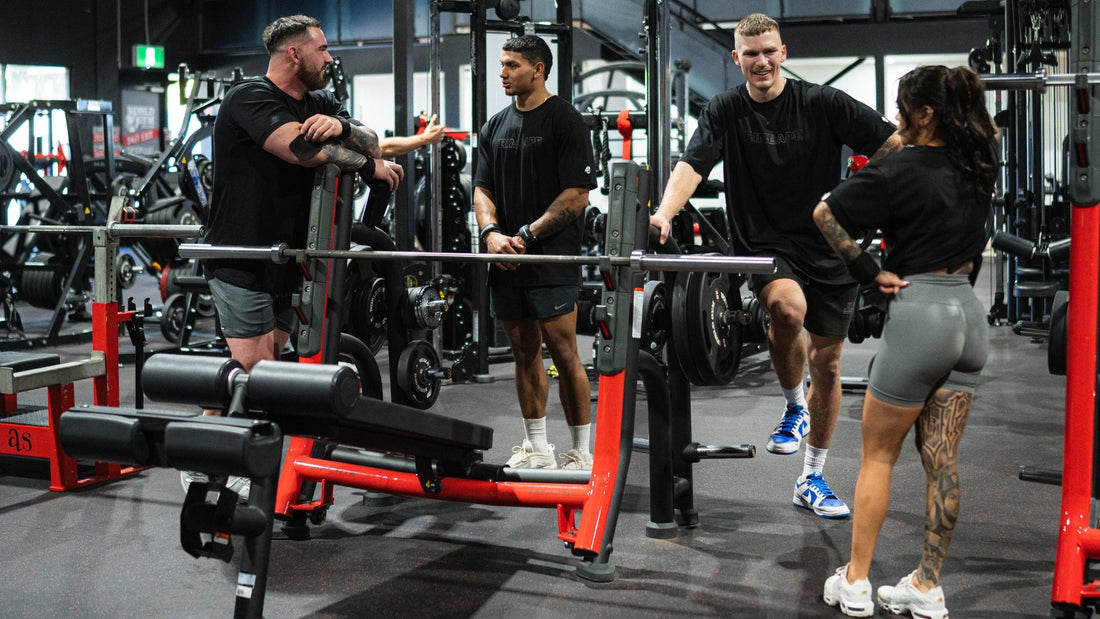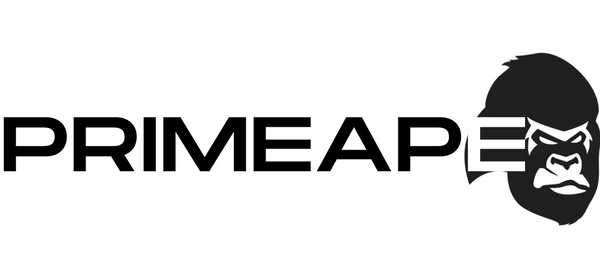
Lifting Belts Near Me: What to Know Before You Buy
Share
A lifting belt can be a game-changer in your strength training routine, offering support, stability, and improved performance. But before you rush to buy one, there are a few key factors to consider.
Whether you're a beginner or a seasoned lifter, choosing the right belt ensures both safety and effectiveness. Let’s dive into what you need to know before purchasing a lifting belt near you.
Factors to Consider Before Buying a Lifting Belt
Not all lifting belts are the same, and choosing the right one depends on several factors. Here’s what you should keep in mind before making a purchase.
1. Types of Lifting Belts
Lifting belts come in various designs, each serving a different purpose. Understanding the differences will help you select the right one for your training style.
- Powerlifting Belt – Thick, sturdy, and offers even support throughout. Ideal for heavy squats and deadlifts.
- Weightlifting Belt – Tapered at the front with a wider back, providing flexibility for Olympic lifts.
- Velcro Belt – Lightweight and adjustable, perfect for CrossFit and general fitness training.
- Leather vs. Nylon – Leather belts offer durability and firm support, while nylon belts provide more flexibility and comfort.
2. Sizing and Fit
A proper fit ensures maximum support and comfort while lifting. Follow these steps to find the right size and fit.
- Measure Your Waist – Wrap a measuring tape around your waist at the navel level. Don’t rely on your pant size.
- Choose the Right Width – Most belts range from 4” to 6” in width. Powerlifters prefer uniform 4” belts, while weightlifters may opt for a tapered design.
- Check for Adjustability – Prong, lever, or Velcro? Choose the fastening mechanism that suits your comfort and lifting style.
3. Material and Durability
The material of the belt affects both its longevity and functionality. Here’s a breakdown of common materials.
- Leather – Offers longevity and strong support but may take time to break in.
- Suede Interior – Prevents slipping and enhances grip on the torso.
- Nylon – Lighter and more flexible but may not provide the same rigidity as leather.
4. Your Training Goals
Different belts serve different training purposes. Choosing one that aligns with your fitness goals ensures optimal performance.
- If you’re into powerlifting or strongman competitions, opt for a stiff leather belt with a prong or lever buckle.
- If you prefer Olympic weightlifting, a tapered leather belt allows more mobility.
- For CrossFit or functional training, a nylon Velcro belt offers quick adjustments.

Why Use a Lifting Belt?
A lifting belt isn't just an accessory; it's a crucial tool for heavy lifting. It helps protect your lower back and improve lifting mechanics, making it a must-have for serious lifters. Here’s why many athletes swear by it:
- Core and Spine Support – A lifting belt reduces stress on the lower back by increasing intra-abdominal pressure.
- Improved Stability – It helps maintain proper posture, reducing the risk of injury.
- Better Performance – Many lifters experience an increase in strength and confidence when wearing a belt.
- Injury Prevention – A well-fitted belt minimises strain on the lower back during squats, deadlifts, and other compound movements.
How to Use a Lifting Belt Correctly
Buying a belt is only half the battle—you also need to wear it correctly for maximum effectiveness. Here’s how to use it properly.
1. Positioning the Belt
Where you place your belt determines how much support it provides. Wearing it too high or too low can reduce its effectiveness.
- Place the belt around your core, just above the hip bones.
- Ensure it sits snugly but not uncomfortably tight.
- Avoid positioning it too high (which reduces core engagement) or too low (which can restrict movement).
2. Bracing Properly
A belt is not a substitute for core strength. To use it effectively, you need to brace properly.
- Take a deep breath into your belly, not your chest.
- Brace your core as if preparing to take a punch.
- Push your abs against the belt to create intra-abdominal pressure, enhancing stability.
3. Using the Belt for Different Lifts
Not all exercises require the same belt tightness or positioning. Adjusting based on the lift can improve performance.
- Squats & Deadlifts – Secure the belt tightly but allow enough room for proper breathing and bracing.
- Overhead Press – A slightly looser fit can help maintain mobility.
- Olympic Lifts – Avoid overly tight belts that limit flexibility.

Where to Buy Lifting Belts Near You
Finding a high-quality lifting belt is easier than ever. Whether you prefer shopping in-store or online, there are plenty of options available.
- Local Sporting Goods Stores – Visit fitness stores to try on different belts before purchasing.
- Gym Pro Shops – Some commercial gyms sell professional-grade belts.
- Specialty Fitness Stores – These offer expert advice and high-quality brands.
- Online Marketplaces with Local Pickup – Websites like Amazon, eBay, or brand-specific stores may have local pickup options.
Final Tips Before Buying
A lifting belt is an investment, so it’s important to make the right choice. Keep these final tips in mind.
- Try Before You Buy – If possible, test the belt for comfort and fit.
- Check Reviews – Look for user feedback on durability and performance.
- Consider Your Budget – Investing in a quality belt ensures longevity and support.
- Understand Return Policies – In case the belt doesn’t fit or feel right, ensure there's an option for exchanges or returns.
Get the Right Lifting Belt and Lift Smarter
A lifting belt can take your training to the next level, but choosing the right one is key. Prioritise fit, material, and your specific lifting needs to make the best choice. Once you have the perfect belt, learn to use it correctly to maximise support and performance. Take the time to find quality gym gears today and start lifting with confidence.
